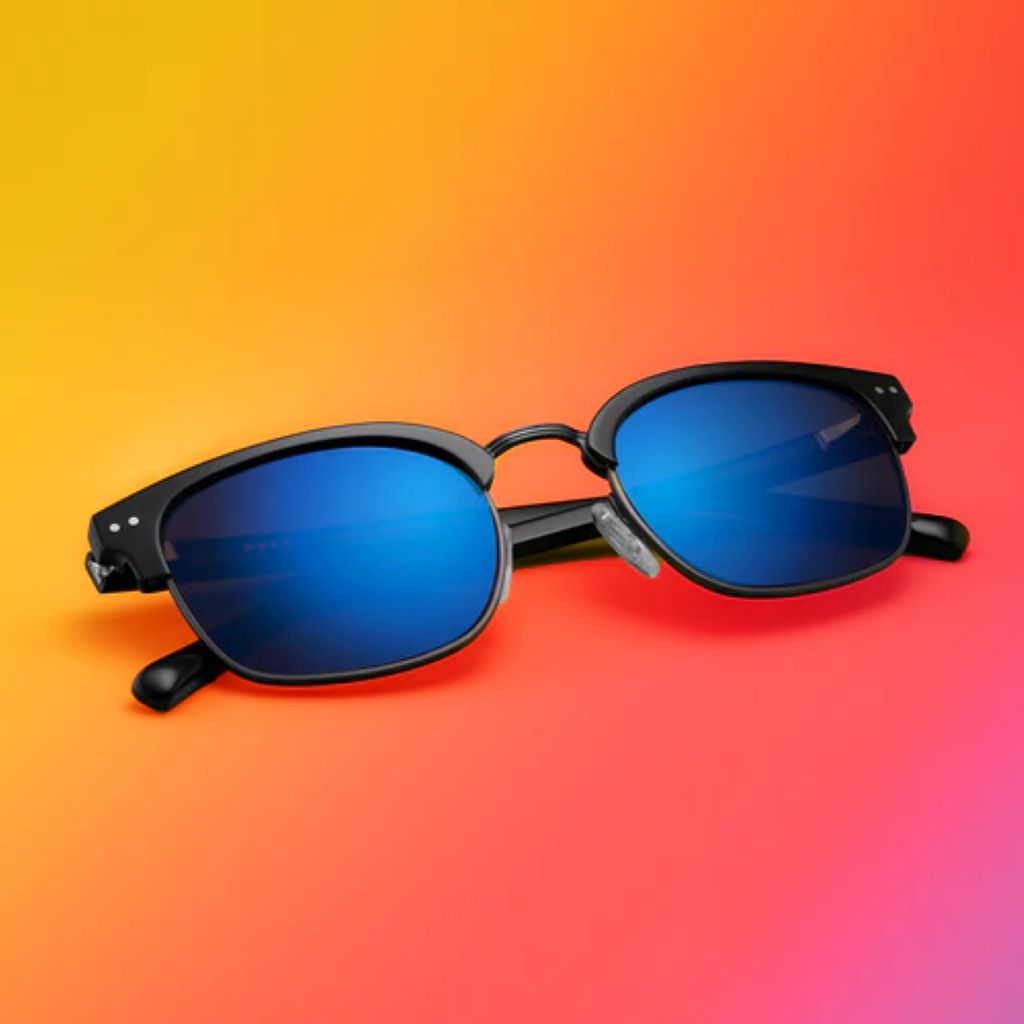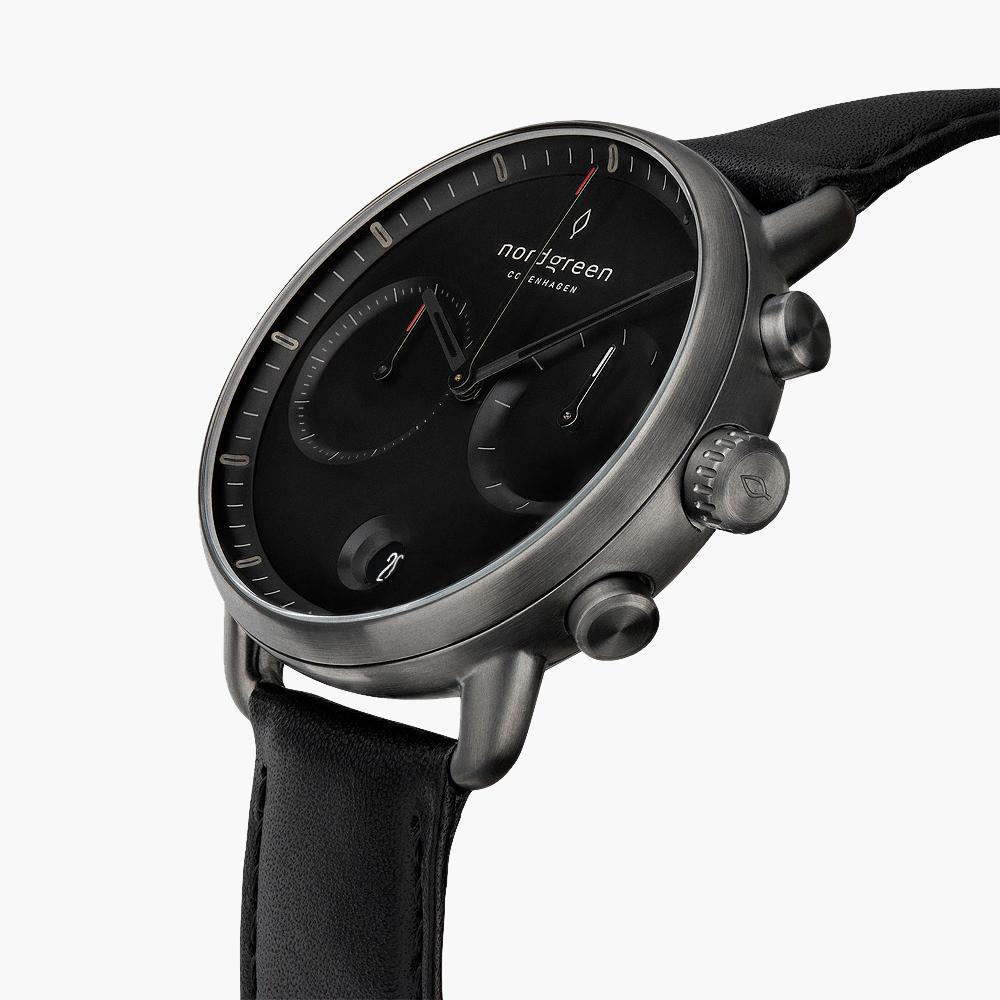ETSU Grant Enables Tennessee Public Libraries to Support Color Blind People with EnChroma Glasses

–East Tennessee State University (ETSU) announced that it purchased and donated 36 pairs of special EnChroma glasses for red-green color blindness to the Tennessee State Library and Archives (TSLA). Color Vision Deficient (CVD) members of the public have the ability to borrow the glasses through any one of the state’s nearly 200 public libraries.
“Libraries have always been at the forefront of providing intellectual enrichment and services to citizens”Post this
One in 12 men (8%) and one in 200 women (.5%) are color blind – 13 million in the US and 350 million worldwide. With an estimated population of seven million, nearly 300,000 Tennesseans are color blind. For them, understanding colorful information in school, at work and in daily life can cause obstacles. While people with normal color vision see over one million shades of color, the color blind only see 10% of them.
“We are grateful to the Network of the National Library of Medicine (NNLM) for this grant designed to improve consumer health information literacy and access at public libraries across our state,” said Dr. Rick Wallace, Associate Director for Evidence and Outreach at East Tennessee State University’s Quillen College of Medicine Library. “Eighty percent of information is digested visually. Access to these special glasses can help red-green color blind people to interpret and understand important information, which is often conveyed using colors.”
The grant from ETSU was provided by Region 2 of the Network of the National Library of Medicine (NNLM), a subdivision of the National Library of Medicine (NLM), which is part of the National Institutes of Health (NIH). The color blind glasses will rotate throughout each of the state’s libraries.
For the red-green color blind, common color confusions include green and yellow, gray and pink, purple and blue, and red and brown, with colors appearing muted, dull and hard to tell apart. Since 80% of information is conveyed visually, and often includes colors, this can lead to frustration, confusion and other issues.
“I did not know that the sky was different colors of blue or that the grass wasn’t all one shade of green,” said a color blind library patron in middle Tennessee who experienced the glasses. “I didn’t realize that people had different skin tones beyond black and white or that eye color plays such a big part in your appearance.”
“Libraries have always been at the forefront of providing intellectual enrichment and services to citizens,” said Erik Ritchie, CEO of EnChroma. “And now, through the joint efforts of ETSU, TSLA, and the NIH, color blind library patrons in communities throughout the great state of Tennessee will have access to our color-filled, color-coded world through EnChroma’s color-enhancing glasses.”
Through this initiative, ETSU and Tennessee State Library and Archives (TSLA) are furthering Tennessee’s status as the nation’s top advocate for accessibility for the red-green color blind. The state currently boasts the most locations in the country with scenic viewers adapted for color blind visitors installed at state parks across the state through a collaboration between the Tennessee Department of Tourism and EnChroma.
EnChroma is the lead advocate for “color accessibility” through its EnChroma Color Accessibility Program™. The program helps schools, universities, state and national parks, libraries, museums, and other organizations purchase and loan EnChroma glasses to color blind students and guests to improve accessibility and inclusion.
EnChroma glasses are engineered with special optical filters that help people with red-green color blindness (deuteranomaly and protanomaly) experience enhanced color. The glasses are not a cure for color blindness, work for 8 of ten red-green color blind people, and results and reaction times vary. A study by the University of the Incarnate Word in San Antonio illustrated the benefits of the glasses





